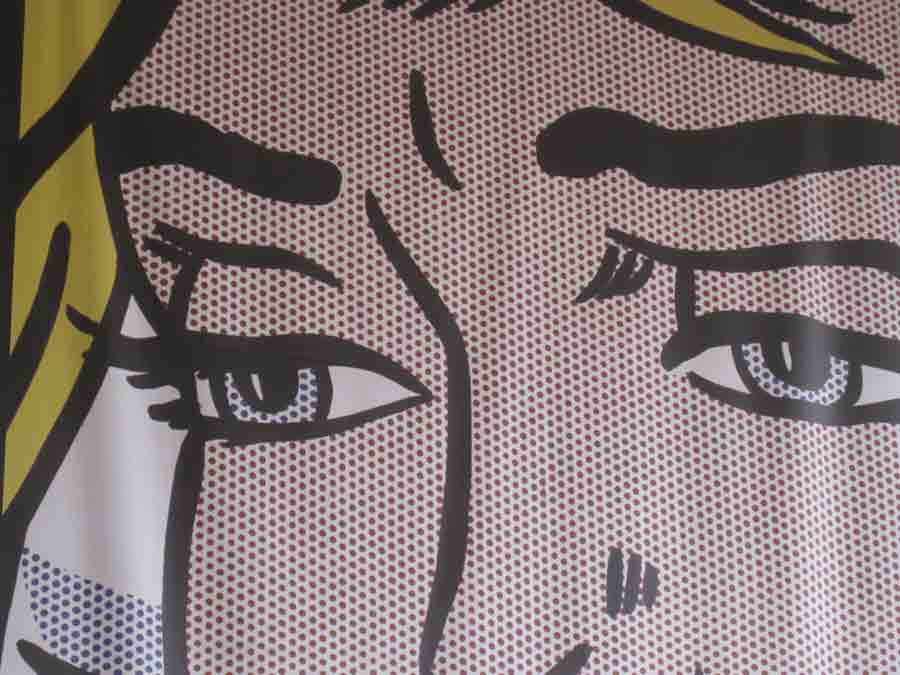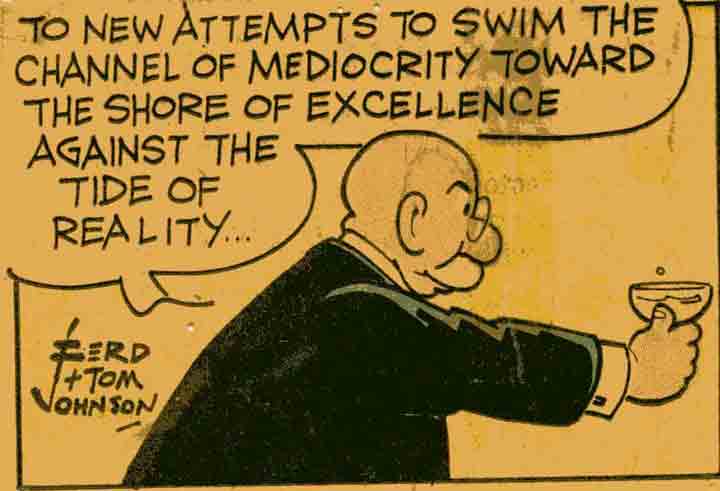
Perspective is everything.
The first time I ever read Moby Dick it was a Classic Comic. It cost ten cents. I thought it was a fairly gripping yarn, but it lacked the love interest which, at the time, I felt was an essential element to any story.
Years later in high school, when I was compelled to read the actual unabridged novel, I realized that there was much to be said for the comic book format. So much less blubber, for one thing.
Suffice it to say, the appeal of Moby Dick remained an enigma to me until I read it again in college, guided by an inspired professor who confessed that it was Melville’s sense of humor which really got to him.
This was news to me. Yet as I voyaged once again into Melville’s foaming prose, I found not only amusement, but moments of transcendent wonder. Go figure.
No doubt the passage of time had changed my perspective on whales, men, and the heartless workings of Fate. And, as time went on and I revisited other great works of literature such as A Tale of Two Cities and Les Miserables which I had first read in comics form, I came to appreciate the pleasures of the long slow read.
However, while my admiration for comics has held steady, in the last few decades graphic comics have sparked a kind of cultural renaissance of their own, with highbrow artists producing a whole new world of thoughtful, groundbreaking works suffused with drama, humor and the whole existential enchilada that is modern life.
On a recent trip to the East Wing of the National Gallery we took in a retrospective of works by Roy Lichtenstein. His brilliant conceit, to put comic style art on the wall, large and in-your-face, challenged centuries of traditions built on classification and exclusion. Seen larger than life and bolder than Iron Man, the artful appeal of this comic art is irresistible.
To me, anyway. But then, I’m a sucker for Melville, so perhaps not the most reliable source.
